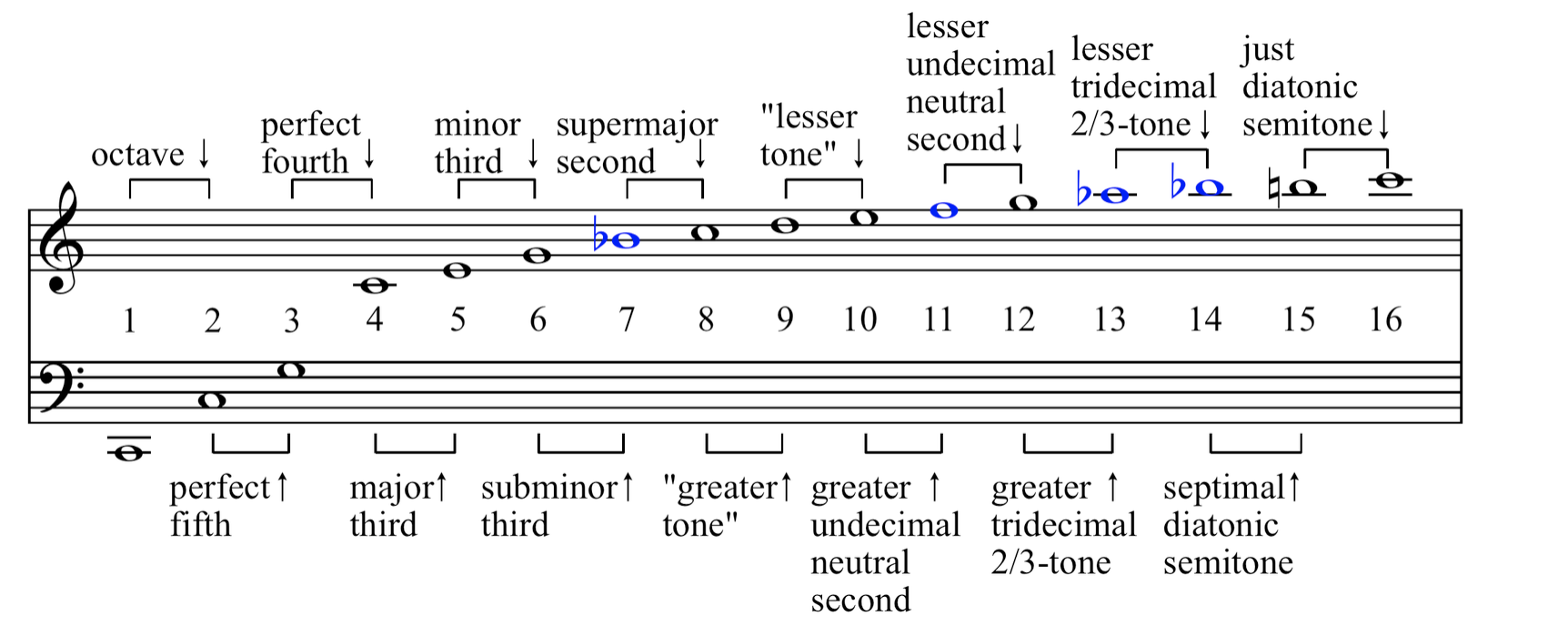WherZat Music
Warming up yourself and the instrument is very important. For your self it is ensuring the muscles and your mind is ready for a practice or performance. For your instrument it is the tuning (the pitch does change with temperature variation, a known scientific fact so warm up), and for some is the instrument working correctly, (yes we do need to check at this time to see if then valves and slides are working nicely).
In this section I will show several, progressive warm up exercises. As you advance add appropriate exercises to your warm up routine. As you get better you will need to increase the time for your warm up routine as you will with your practice session times.
I have prepared a "Brass Warm Up Sheet" that can be downloaded from the resource page on this site.
Here is the sheet and an explantion on how to use the exercises.

2. The tunes selected are simple tunes that are easily played and rememberd. Student can substitute the examples with other folk tunes, hymns, popular songs or classical themes.
When selecting your tunes it is recommended that they have a key signature that exploits the low to middle register. Remember we are wafrming up.
Most simple tunes are between 8 and 16 bars either in binary or ternary form. You only need to play the first phrase and extend to the whole song as you improve and build endurance.
Even though this is part of the warm up, you must play each tune with consideration to correct phrase length, warm tone quality and relaxed playing with the air to control each note.
3. Scales in all the forms are important for pitch, tone, range, dexterity and breath control. It takes many years of practice to appreciate the real purpose and value of scale practice. Remember tunes are simply scales mixed with rhythmic (time signatures, note lengths) and pitch variation (intervals) which also forms the basis of our harmonic material.
The cycle of fifths is used because it is an important component in understanding scale and therefore key signature relationship. It leads to composition and improvisation skills. Don't stop at the major scales. Continue with all scale types, minor, blues, whole tone and the modes are done the same.
For those completing music examinations a focus on the expected scales can be substituted for the cycle of fifths. However relate the scales to the cycle so as you move through the grades you will complete the cycle eventualy.
Scales can become boring if played the same way each day. Be creative with tempo, stylistic change (jazz articulation), dynamic contrast, rhythmic variation and range building (double octaves).
4. Lip slurs are moving from one pitch (higher or lower) to another pitch having the same fingering (slide position for trombone).
| Nerds Corner
A brass instrument follows the harmonic series of the instrument. The harmonic series has been a course of instrumental study for centuries and as you can see from the notation of a harmonic series based on C the notes are not evenly spaced, pitch wise. Some intervals are compatable with our modern pitch classes but most are not.  Now days we employ Equal Temperament which has altered pitch intervals to allow us to move from one key signature to another without retuning which, was a nightmare for pianos and other keyboard instruments before the 18th century. Brass instruments employed Crooks or different lenght tuning slides if the key changed. The modern piano has a total of 88 keys (seven octaves plus a minor third, from A0 to C8) each pitch evenly spaced to comply with the equal tempered tuning system. Now days we employ Equal Temperament which has altered pitch intervals to allow us to move from one key signature to another without retuning which, was a nightmare for pianos and other keyboard instruments before the 18th century. Brass instruments employed Crooks or different lenght tuning slides if the key changed. The modern piano has a total of 88 keys (seven octaves plus a minor third, from A0 to C8) each pitch evenly spaced to comply with the equal tempered tuning system.
Brass instruments must temper their notes to fit into these evenly pitched notes so we can play in tune with all other instruments. A combination of correct fingering, buzz bending (sharp or flat by pitch bending) and valve slide position. Most modern Brass valved instruments have triggers or finger holes on valve slides to allow the player to move the slide while playing. Thereby making the small adjustments necessary to be in tune. Some brass instruments don't have moveable slides but no facility to move them while playing. The player tunes each valve slide by positioning the slide to position of best tuning and lips the notes in tune as required. This is not always the best as if a player has to bend the note too much the tune quality suffers and fatigue is encountered for long playing pieces. |